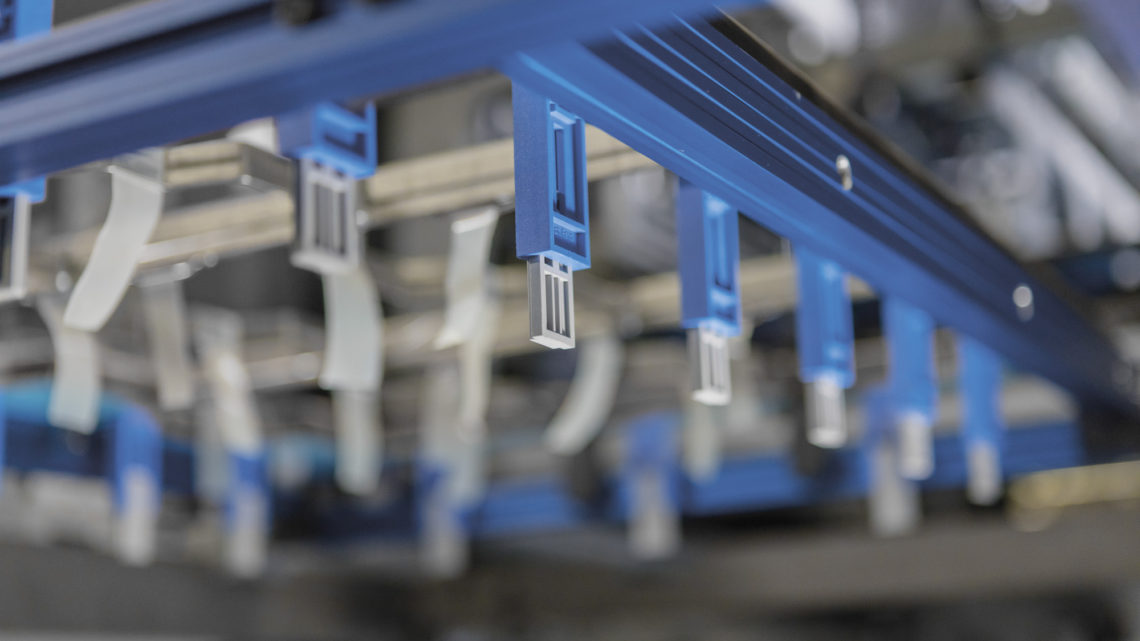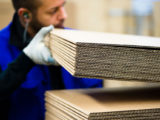
Blanking solutions from Marbach
March 20, 2019The Heilbronn-based die manufacturer Marbach contains different solutions for the blanking process in its portfolio: the compact blanker, marbablanker and lightblanker. The latter two have quietly become the industry standard in recent years. Automatic blanking is fully in trend. Compared to manual blank separation, it brings increased productivity to the entire postpress sector. In addition, it ensures precise stacking of blanks or paperboard sheets. These advantages mean an existing blanking unit in a machine should be used as often as possible. Even for short runs. This increases the efficiency of the further processing of packaging. It saves the operator time and as a result costs for the packaging manufacturer. In addition, it prevents possible health issues for the machine operators, as the physical work required to separate the blanks by hand becomes obsolete. Sales Manager Bernhard Reisser: “For blanking, we work with a modular system similar to that used in the automotive industry. This means that our solutions are quickly available and we can respond very flexibly to customer expectations. Our systems are all ready-to-use, so that they can be easily and quickly installed in the blanking station. Without long set-up times. We offer a wide range of solutions. Depending on our customer’s needs and technical requirements.” The Marbach lightblanker. The lightblanker is a modular blanking tool. Its advantage: the base frame can remain in the machine. It can be quickly and easily adapted to the order-specific separating form for any application. Due to its quick-lock system, it is ready for use in just a few simple steps. Reisser: “Since the introduction of the Marbach lightblanker, our customers have increasingly relied on automatic blanking, even for small runs and simple layouts. In 2014, our customers did this in only 5% of cases, today in more than 30%. In other words, the rate of automatic blanking compared to manual blanking has risen sharply for short runs and simple layouts. And the strong upward trend continues.”


